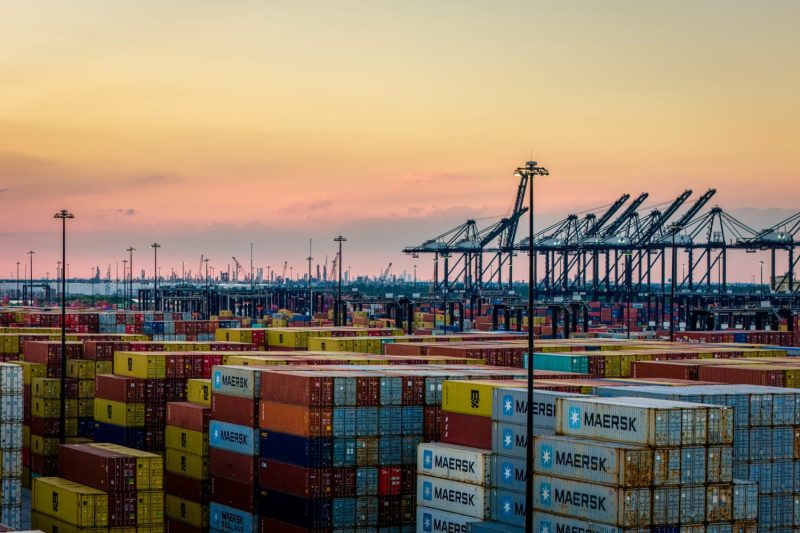Major Maritime Strike Could Threaten Ports Across the East Coast
The prospect of a major maritime strike looms over ports along the East Coast, raising concerns about potential disruptions to the supply chain and significant economic impact if the strike were to occur. The International Longshoremen’s Association (ILA), which represents approximately 65,000 workers at ports on the East Coast, is at odds with the United States Marine Alliance (USMX) over a new contract that governs wages, benefits, and work conditions for these workers.
The current contract between the ILA and USMX is set to expire soon, and negotiations for a new contract have hit a deadlock. This impasse has raised fears of a possible strike that could halt operations at major ports from Maine to Texas and disrupt the flow of goods and commodities that pass through these vital hubs. The ILA has stated that its members are prepared to strike if a satisfactory agreement cannot be reached, while the USMX has warned of dire consequences if such action were to take place.
The potential strike comes at a time when the global supply chain is already under strain due to various factors, including the ongoing pandemic, labor shortages, and container shortages. A maritime strike on the East Coast would exacerbate these issues, leading to delays in shipments, increased costs for businesses, and shortages of essential goods.
Port cities along the East Coast, such as New York, Savannah, and Miami, could face severe disruptions if the strike were to occur. These ports play a crucial role in the movement of goods across the country and are major drivers of economic activity in their respective regions. A prolonged strike could lead to significant financial losses for businesses that rely on these ports for imports and exports.
In addition to the economic impact, a maritime strike could also have broader implications for national security and international trade. Disruptions at key ports along the East Coast could ripple through the entire supply chain, affecting industries and consumers far beyond the region. The United States relies heavily on its maritime infrastructure for trade and commerce, making the smooth operation of ports a matter of strategic importance.
As negotiations between the ILA and USMX continue, stakeholders are closely monitoring the situation and hoping for a resolution that averts the possibility of a strike. Both parties have expressed willingness to find common ground and reach a fair agreement that addresses the concerns of workers while ensuring the smooth functioning of the ports.
In the event of a strike, contingency plans will need to be activated to minimize disruptions and mitigate the impact on businesses and consumers. Government intervention may be necessary to facilitate a resolution and prevent prolonged disruptions that could have far-reaching consequences.
Ultimately, the potential maritime strike on the East Coast serves as a stark reminder of the vulnerabilities inherent in the global supply chain and the critical role that ports play in it. As stakeholders work towards a solution, the hope is that an agreement can be reached that ensures the continued operation of ports and the uninterrupted flow of goods that fuels the economy.
